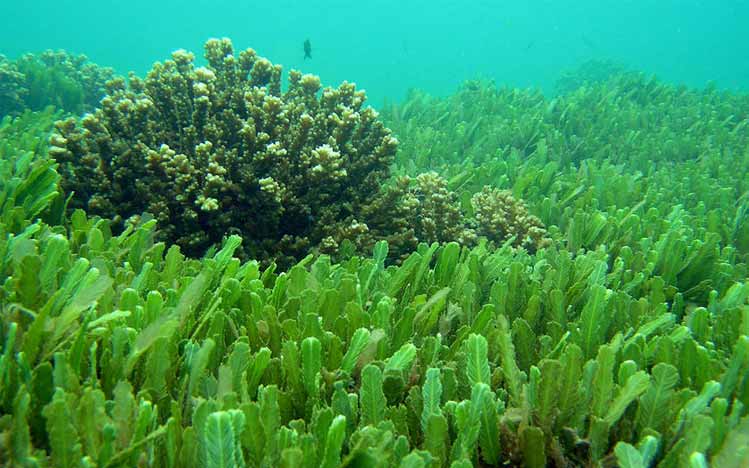Catie's Blog
Sea Vegetables
Sea vegetables have double the nutritional content than the average vegetable. They are packed with minerals and vital trace minerals such as Iodine, Iron, B6, B12, and magnesium. They have more minerals than rich organic topsoil! Iodine helps regulate the metabolism by optimizing thyroid function. The B vitamins help form red blood cells, break down fats and combat depression. Magnesium assists transmission of nerve impulses, body temperature regulation, detoxification, energy production, and the formation of healthy bones and teeth.
It is important to soak sea vegetables in water till they become soft in texture. The water used to soak is great in soups, can be added as flavoring for salad dressings, and even as a mineral boost for your house plants or home garden!
Here is a breakdown of the most commonly available sea vegetables:
Arame
This black, thin pasta like seaweed is great in salads, on it’s own marinated or shredded on your favorite veggies or cooked dishes.
Dulse
This is rich, deep purple colored seaweed. It makes for a great on the go snack. It is moist and chewy, it melts in your mouth. Dulse is excellent powdered and dried as well. It is loaded with essential phytonutrients. Pair with an avocado or eat with some raw almonds, and presto, a superfood snack!
Kelp
This is thick in texture seaweed, and is usually packaged in powder form as a seasoning.
Kombu
Most commonly used in miso soup and is long and flat, deep green in color.
Hijiki
Hijiki needs to be soaked for an hour. It resembles the shape of long spaghetti noodles. Great in salads, chopped or shredded.
Nori
The most well known of the sea vegetables due to the popularity of sushi! It tastes wonderful and is incredibly convenient. Just smear some organic avocado, yeast flakes, sprouted greens, heirloom tomatoes and presto! You have a quick vegan and raw wrap. Yum!




